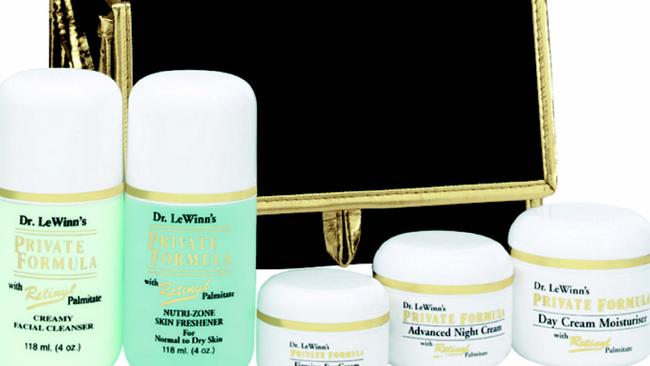Chinese challenge for marketplace favourites
Sudden changes in trade relations can turn promising stories into struggles.

When you look at the hype about cracking the Chinese market, the only real sustainable winners have been the big iron ore producers Rio Tinto and Fortescue Metals Group, but it doesn’t mean that there haven’t been profit-making opportunities for investors elsewhere.
Cashing in has been the secret, because some of that growth has proven to be illusory.
The experience of the wholesaler McPherson’s (MCP) highlights how the dragon can turn on you, having gone from trading well over $3 only six months ago to current levels of just over $1.
This time last year the market was very much in love with McPherson’s profit growth and its boss, who talked up the business as a Cinderella story, going from a boring wholesaler to a company winning the China market, one face mask at a time.
The company was promoting its joint venture with Chinese company Access Brand Management, which operated through a ‘‘daigou’’ structure of buying products in Western markets that can be marked up and resold in China. Exports of its beauty products — branded Dr. LeWinn’s — had almost quadrupled in the back half of 2020.
The stock was benefiting from the double whammy effect of earnings growth from China and the market recognising this and rerating the stock higher.
I don’t know much about face masks, but fortunately I do know something about value, having covered the stock long enough to know what a fickle business wholesaling can be, let alone joint ventures (the image of two one-legged men propping themselves up comes to mind).
Fast forward to today and the China growth engine has turned into something of a liability, as have the face masks. ABM has had difficulty placing sales into China, some possibly related to COVID; and in Australia sales are lower, having been impacted by the exodus of Chinese students.
The irony is that it’s boring Multix brands like cling wrap that are holding the company up. In the first half Dr. LeWinn’s lost $6.6m. Despite this loss, the profit before tax was $7.1m. Maybe there’s an opportunity if they shut this business down to double their profits? A thought for another day.
What were the danger signs?
Back in February 2020 at its interim result the stock traded at $2.80 and MCP looked very expensive.
Then CEO Laurie McAllister spoke words of caution: “1.4 million Chinese tourists come to Australia each year, which adds $12bn to the economy; after SARS in 2003 there was a 75 per cent decline in visitors. We need to be realistic.”
Despite his comments and despite the higher weighting of the second half to its profits, the company maintained its FY20 guidance of 10 per cent profit growth, which was ambitious. At the very least it was probable that dividends would be cut.
MCP’s stock was even higher at $3 at its full-year result in September 2020, but our nervousness was confirmed when the company made big asset writedowns. This fact, on top of a deteriorating trading environment of Australian products in China, signalled real problems. It seemed that sales of beauty products to Chinese would be subdued, which was not what the market was saying!
For FY20 MCP had a decent “underlying” profit before tax of $22.8m, but its statutory profit was only $13.3m because of writedowns of $10.6m. Some of that was COVID-related, but it was clear most of it was related to the growing business of beauty products being sold in China.
You only had to look at the pain being experienced by other Chinese exporters like Treasury Wines (TWE) and the infant formula marketers like A2 Milk (A2M) to know that McPherson’s wouldn’t be spared.
It’s hard to heed the warning signs, look at the fundamentals, and jump off the tiger. After all, the dragon’s in the detail.
Richard Hemming is an independent analyst who edits the Under The Radar report.



To join the conversation, please log in. Don't have an account? Register
Join the conversation, you are commenting as Logout